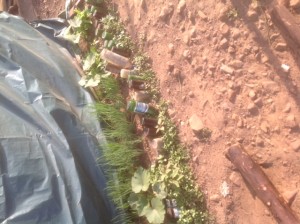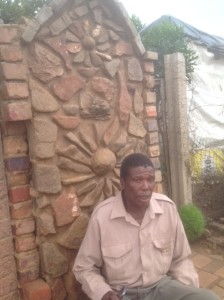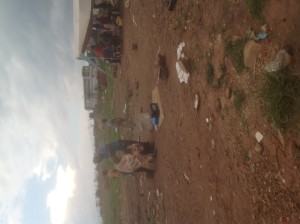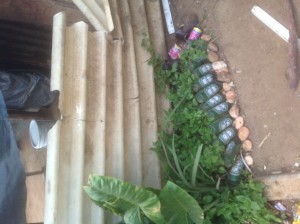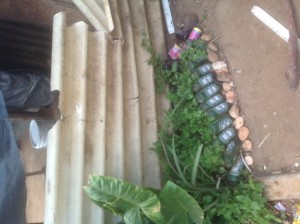From Madiba to Mabena: A tribute to Mandela
Recently I happened to visit Pretoria for a conference on discourse on Innovations from Below. There were various viewpoints presented in the conference at UNISA [University of South Africa], a 140 year old Open University. Nelson Mandela was an alumni of this university. A large number of other black young people could get education because of the courses run by UNISA. Prof. Catherine Hoppers had got outstanding scholars, indigenous healers and others to look at the way formal and informal sector could be brought together. It is apparent that despite numerous initiatives by Department of Science and Technology, the people’s knowledge. Creativity and innovation have remained on the margin. More than a decade ago, former Science and Technology Minister of South Africa Dr. Ben NGubane had invited Honey Bee Network to organize an exhibition of grassroots innovations on the eve of International Conference of Science and Technology Ministers from various commonwealth countries at Limpopo, but a sustained bridge between informal and formal sector remains to be built. On one of the afternoons, I took help of a very enthusiastic participant Ms. Lilly Rose Mlisa and we took off to a slum near new Pretoria, 60 kms away to search for creativity first hand.
The ‘Woodland plastic city’ is a slum located behind Woodland mall having some migrants from Zimbabwe but many others from rural areas of South Africa. At the entrance, there were some entrepreneurs who were charging cell phones for five Rands [Rs.30] and shaving heads for 15 Rands. As we moved in, our questions about local creativity seemed intriguing to the local community members, but we walked along. One of the first things that struck us was no matter how poor the person, almost every hut had a small green strip having a few plants of vegetables like onion or gourds showing that while people can be moved away from the farm, farm could not always be moved out of people. After about 20 minutes, the word had gone around that there were two people looking for creative people in the slum and soon people started inviting us to see what they had done. Whether it was a carpenter or a potter who had used broken mirror pieces to decorate the flower pot, every body wanted to show some thing creative.
Jonas Jacob Mabina came looking for us and showed what he had done by way of making various kinds of structures using stones and other local material on his mobile phone. He took us to his home to show us a whole variety of things that he had done. What was most remarkable was a stone art work [see accompanying picture] which he had made partly to estimate time it takes to make it but also to make the place around his hut more pleasant. He had a small garden and his daughter made braids for the local girls at a small cost. He had aspirations to make such structures in metropolitan towns if given a chance. Almost everybody we met was trying to do something to improve his or her life. Nobody begged, nor did anybody ask for freebies. It was a very self-respecting culture, which obviously had not heard about Maslovian hierarchy of needs, else they would have never tried this.
Today when Nelson Mandela popularly known as Madiba is no more, how else we pay tribute to his spirit except by appreciating the aspirations of extremely poor black workers who are not despondent, instead are determined to make most of what life offers.
The tragedy is that there are many laws enacted during apartheid era which continued to prevail even today. One such law prevents poor people to vend their goods on the roadside. Imagine India without roadside shacks, some of which have become shops and then workshops and a few scale up to small or medium enterprises. India has a skill ladder through which people can move up as they learn and grow and share. It is true that there are a lot of poor people who don’t get opportunities but at least the framework exists to enable them to aspire better. In the absence of an opportunity to showcase his work and skills, how will Mabina ever become Madiba. I had seen earlier wheel barrows being transported from Johannesburg to Limpopo. There are outstanding artisanal technologies widely available at grassroots. On the other extreme, European technologies are available abundantly. There is nothing much in between. There is a huge task ahead involved in blending formal and informal sector. I hope that today when Mandela is no more around, people all around the world will think of creating skill and opportunity ladder for creative people like Mabina who have sparks in their spirit and sparkle in their eyes. What they lack is an empathetic highway to walk on to reach their aspirational goals. Let us hope that the sacrifices of the most valiant Gandhian of this century will not be forgotten in vain.
